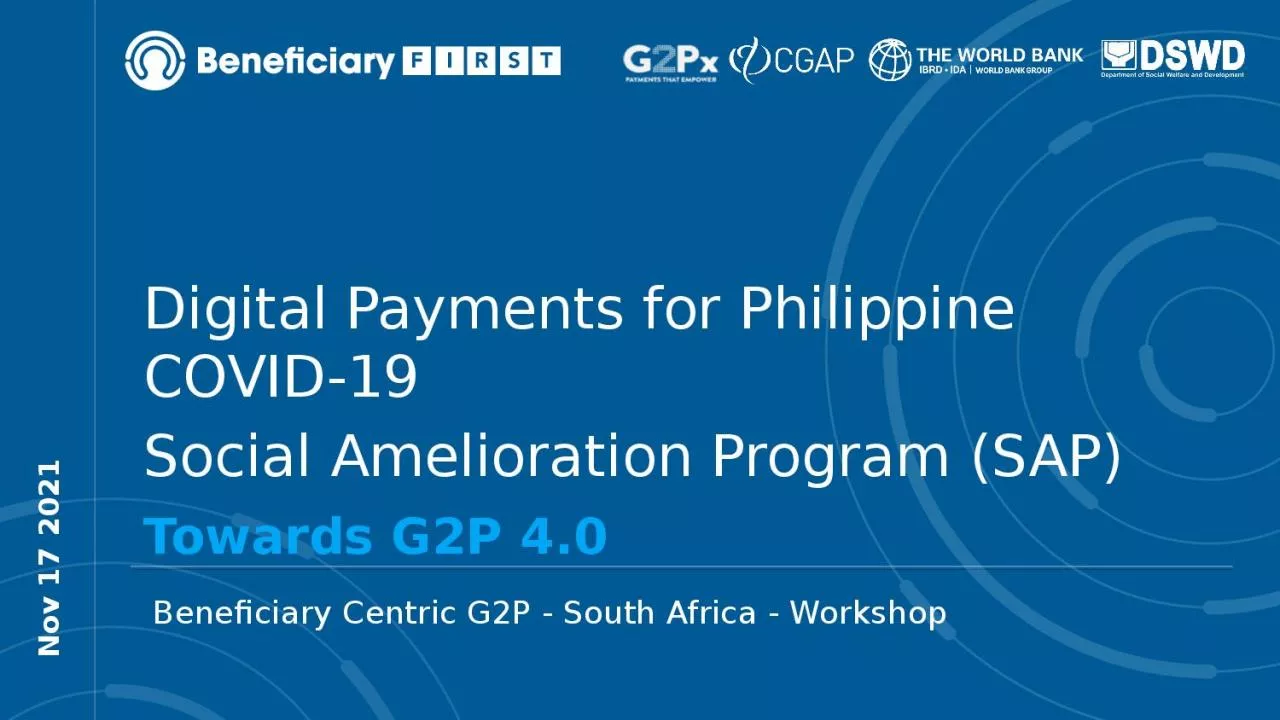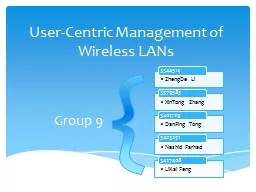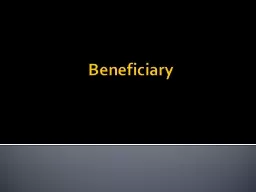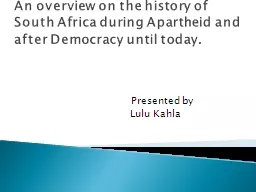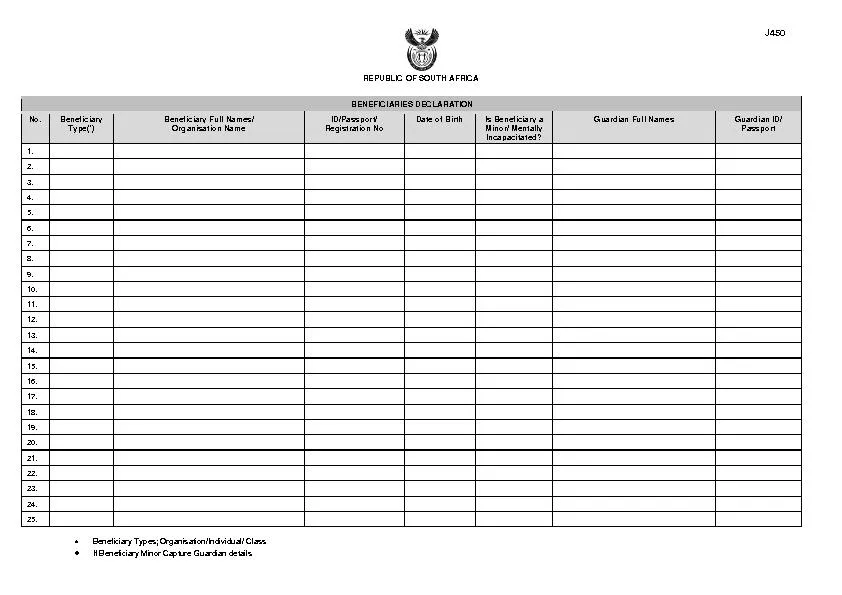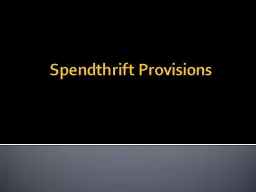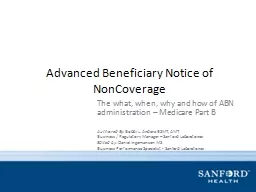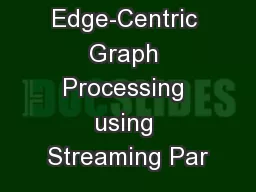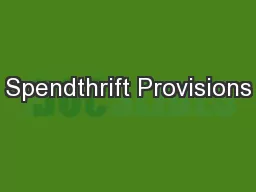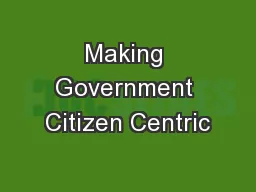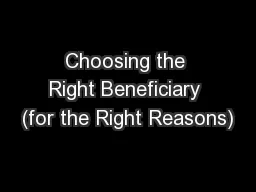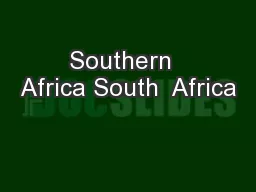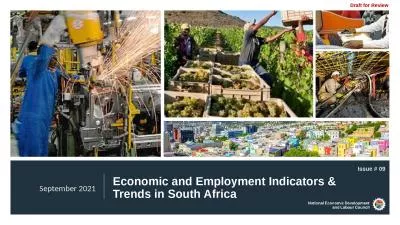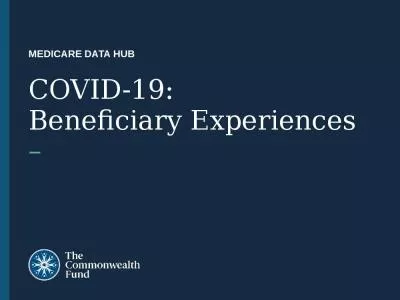PPT-Nov 17 2021 Beneficiary Centric G2P - South Africa - Workshop
Author : DateMeDarling | Published Date : 2022-08-04
Digital Payments for Philippine COVID19 Social Amelioration Program SAP Towards G2P 40 Context PHL Government introduced a large scale COVID19 response Social
Presentation Embed Code
Download Presentation
Download Presentation The PPT/PDF document "Nov 17 2021 Beneficiary Centric G2P - So..." is the property of its rightful owner. Permission is granted to download and print the materials on this website for personal, non-commercial use only, and to display it on your personal computer provided you do not modify the materials and that you retain all copyright notices contained in the materials. By downloading content from our website, you accept the terms of this agreement.
Nov 17 2021 Beneficiary Centric G2P - South Africa - Workshop: Transcript
Download Rules Of Document
"Nov 17 2021 Beneficiary Centric G2P - South Africa - Workshop"The content belongs to its owner. You may download and print it for personal use, without modification, and keep all copyright notices. By downloading, you agree to these terms.
Related Documents

